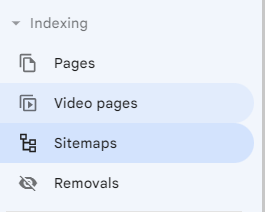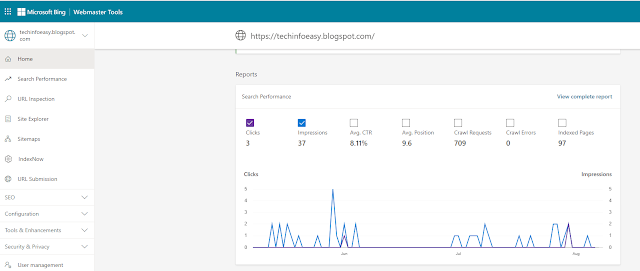A Step-by-Step Guide on How to Successfully Submit Your Website to Google, Bing, and Yahoo
Launching a website is an exciting endeavor, but it's just the beginning of your online journey. To make your website discoverable to users, it's essential to have it indexed by search engines like Google, Bing, and Yahoo. This comprehensive guide will walk you through the intricate process of submitting your website to these search giants, ensuring maximum visibility and organic traffic.
1. Why Search Engine Submission Matters
Search engine submission expedites the process of getting your website indexed by informing search engine crawlers about its existence. While search engines can eventually discover your site through links, submission ensures prompt indexing, which is crucial for new websites and time-sensitive content.
2. Submit Your Website to Google
Google's dominance in the search engine realm makes it the top priority for submission. Here's how to do it:
a. Create a Google Account: If you don't have one, create a Google Account. This will give you access to the invaluable Google Search Console.
b. Access Google Search Console: Formerly known as Webmaster Tools, this platform allows you to manage your site's presence on Google's search results.
c. Add Your Property: Within Search Console, click "Add Property" and enter your website's URL. Google may prompt you to verify ownership, often achieved by adding a unique code to your website's HTML.
d. Submit Your Sitemap: Craft an XML sitemap that lists all your website's pages. Numerous online tools can help you generate one. Then, submit the sitemap in Search Console, aiding Google in understanding your site's structure.
e. Utilize the Fetch as Google Feature: This feature allows you to manually request Google to crawl specific URLs on your site, speeding up indexing.
3. Submit Your Website to Bing
Don't disregard Bing's significance in the search landscape. Follow these steps:
a. Create a Microsoft Account: If you don't have one, create a Microsoft Account. This grants you access to Bing Webmaster Tools.
b. Access Bing Webmaster Tools: Similar to Google Search Console, Bing's platform lets you manage your site's visibility on Bing's search results.
c. Add Your Site: Provide your website's URL and follow the verification process, often involving adding a code snippet to your site's HTML.
d. Submit Your XML Sitemap: Just like with Google, submit your XML sitemap to Bing. This enables Bing's crawlers to understand your website's structure for better indexing.
4. Submit Your Website to Yahoo
While Yahoo's search engine relies on Bing's algorithm, submitting directly to Bing can cover Yahoo as well. However, it's prudent to ensure your website is listed on Yahoo:
a. Submit to Bing: By following the earlier Bing submission steps, you effectively cover Yahoo Search since it's powered by Bing.
5. Best Practices for Search Engine Submission
a. High-Quality Content: Prioritize creating valuable, relevant content that addresses users' queries. Quality content attracts both users and search engine crawlers.
b. Mobile-Friendly Design: Ensure your website is responsive and optimized for mobile devices. Mobile compatibility is a crucial ranking factor.
c. Build Organic Backlinks: Alongside submission, focus on obtaining natural, high-quality backlinks from authoritative sources. These enhance your website's credibility.
d. Regular Updates: Consistently update your website with fresh content. Regular updates signal search engines that your site is active and relevant.
Submitting your website to Google, Bing, and Yahoo is a foundational step in achieving online visibility. This guide provides a detailed roadmap to navigate the intricate process. By diligently following these steps and embracing best SEO practices, you're setting your website up for success in the digital landscape. Remember, SEO is an ongoing effort; stay vigilant, adapt to algorithm changes, and watch your website's visibility soar.
| Tech info |




Comments
Post a Comment